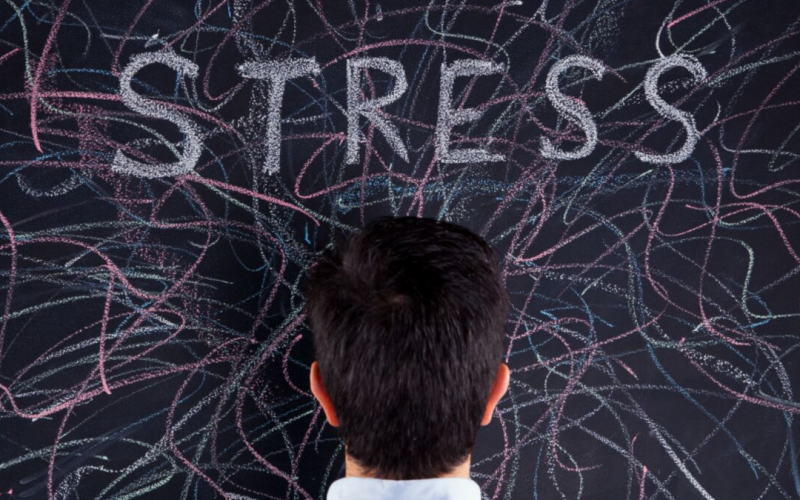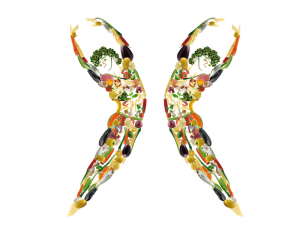Last time I was talking about stress and mentioned it does have some benefits but its the ongoing or severe chronic stress that concerns me as health professional and pilates practitionerStress is a part of everyday life; have you noticed how prolonged stress affect you or those around you?
Stress related problems in more detail
Postural changes
One effect of the flight or fight response is a postural change, holding an adapted positions for extended periods of time. For example hunching forwards, with shoulders raised requires more muscular effort, which can result in overall fatigue, achy fatigued and sometimes (often) painful muscle, and headaches too.
The nervous system
Long-term stress causes the parasympathetic nervous system (part of the autonomic, non-voluntary, nervous system) to switch off or be turned down, which allows the sympathetic, fight-or-flight, nervous system, to slow down the action of the digestive and reproductive systems. Ultimately, this can lead to adrenal fatigue where the adrenal glands become unable to respond and cause issues like infertility.
Tight, achy muscles
Stress affects our musculoskeletal system (muscles and joints). Muscle tone increases, which can put a strain on the body’s energy resources. In turn, they can also become achy, sore or painful due to reduced blood flow; blood doesn’t circulate to tight muscle very easily resulting in ischaemic pain (pain due to lack of blood). Also, there can be a build-up of waste products such as lactic acid which can be a cause of cramp-like pain.
Breathing
Another important factor related to stress is the change that happens to our breathing rate, especially during prolonged (chronic) stressful states. Our breathing changes, from the beneficial long slow, calm restorative breaths I use in my pilates classes and somatic coaching sessions to short often sharp shallow ones. This can lead to hyperventilation and reduced carbon dioxide levels in the blood, which in turn can result in a variety of symptoms including; upper back discomfort because the ribs and thorax can become restricted. Resulting in chest tightness, dizzy spells, feeling light-headed or fatigue.
Ideally, there should be some movement in the belly when we breathe. I encourage my Pilates and somatic clients to breathe below their nipples and feel their abdomen rise and fall. Using the diaphragm, the large dome-shaped muscle that separates the chest from the abdomen has many health benefits. It pushes downwards into the abdominal cavity as the lungs expand and stretch, massaging our internal organs on the way. Small children use their bellies to breathe; abdominal breathing aids lymphatic drainage, circulation, digestion and absorption of nutrients while helping with lymphatic drainage and circulation.
Digestion
As mentioned previously digestion and absorption can be affected by stress, the small circular muscles called sphincters along the digestive tract, become tight during both short and prolonged stress, making the transition to food more difficult. Also, digestive juices and secretions are reduced during stress; results can be bloating, gas, flatulence, heartburn/reflux and discomfort.
Next time;
Stress management
How Osteopathy can help
Please note: This is for guidance only, it should not be considered a substitute for medical advice, diagnosis or treatment given in person by an appropriately trained health professional.







